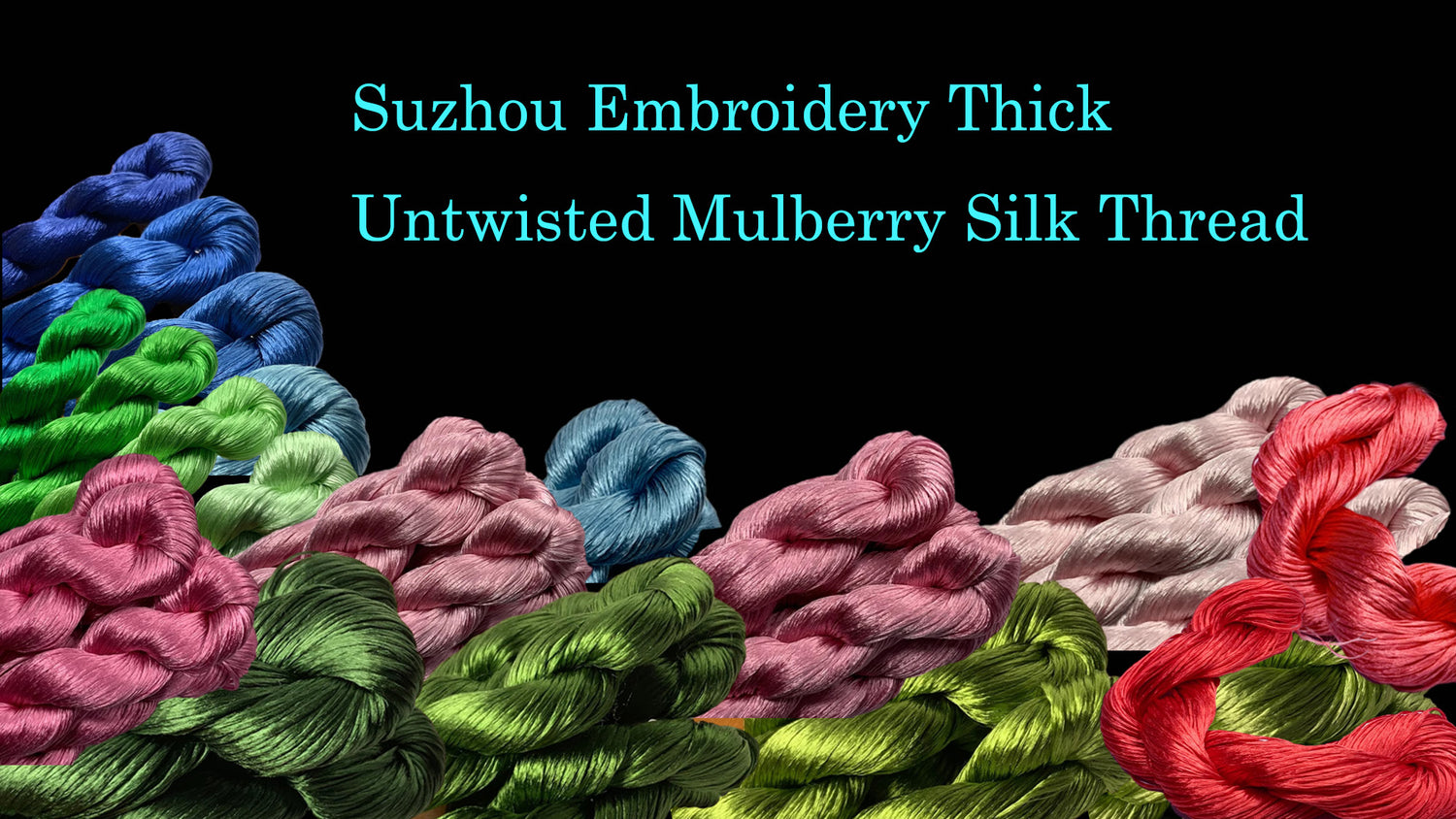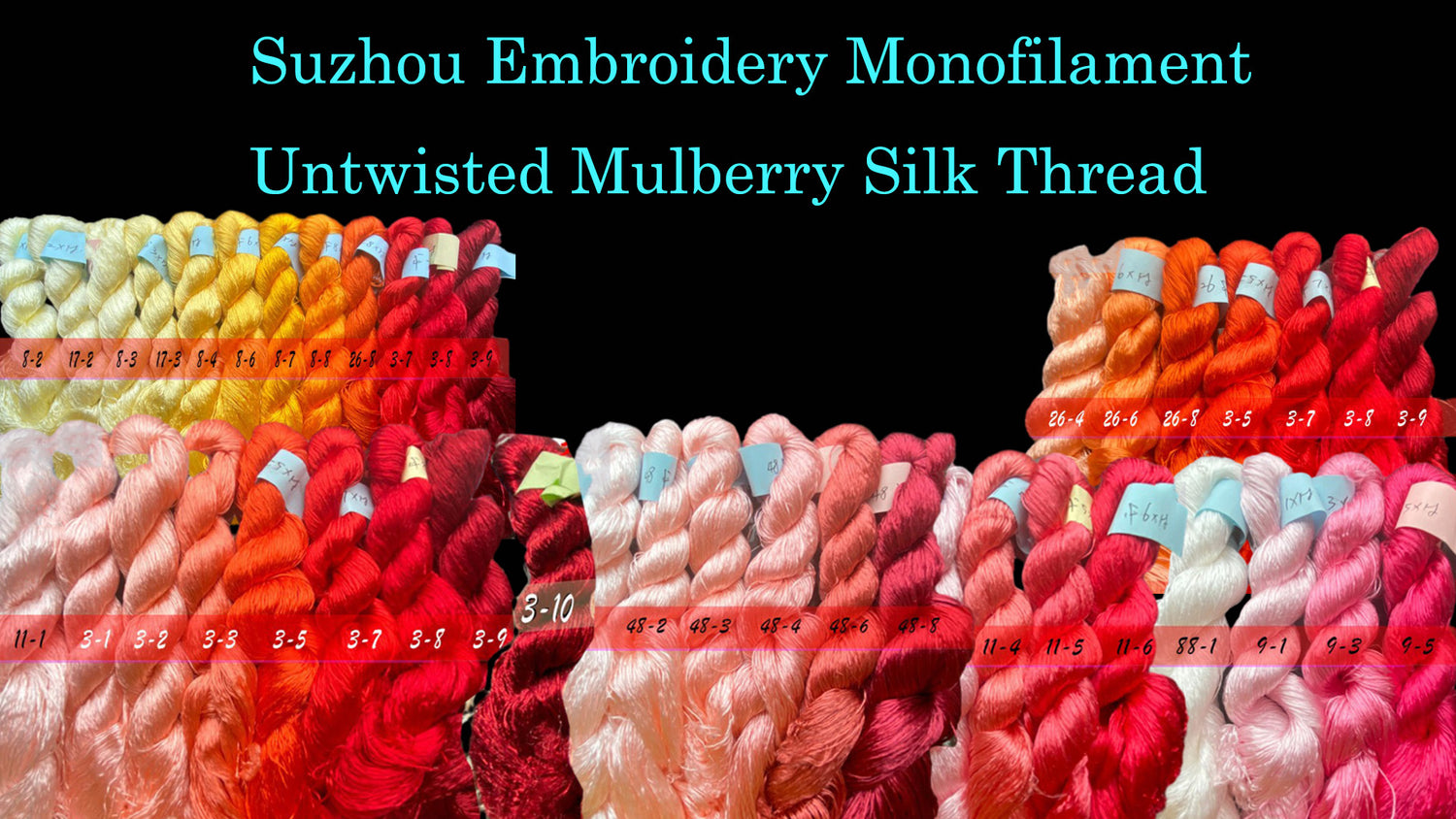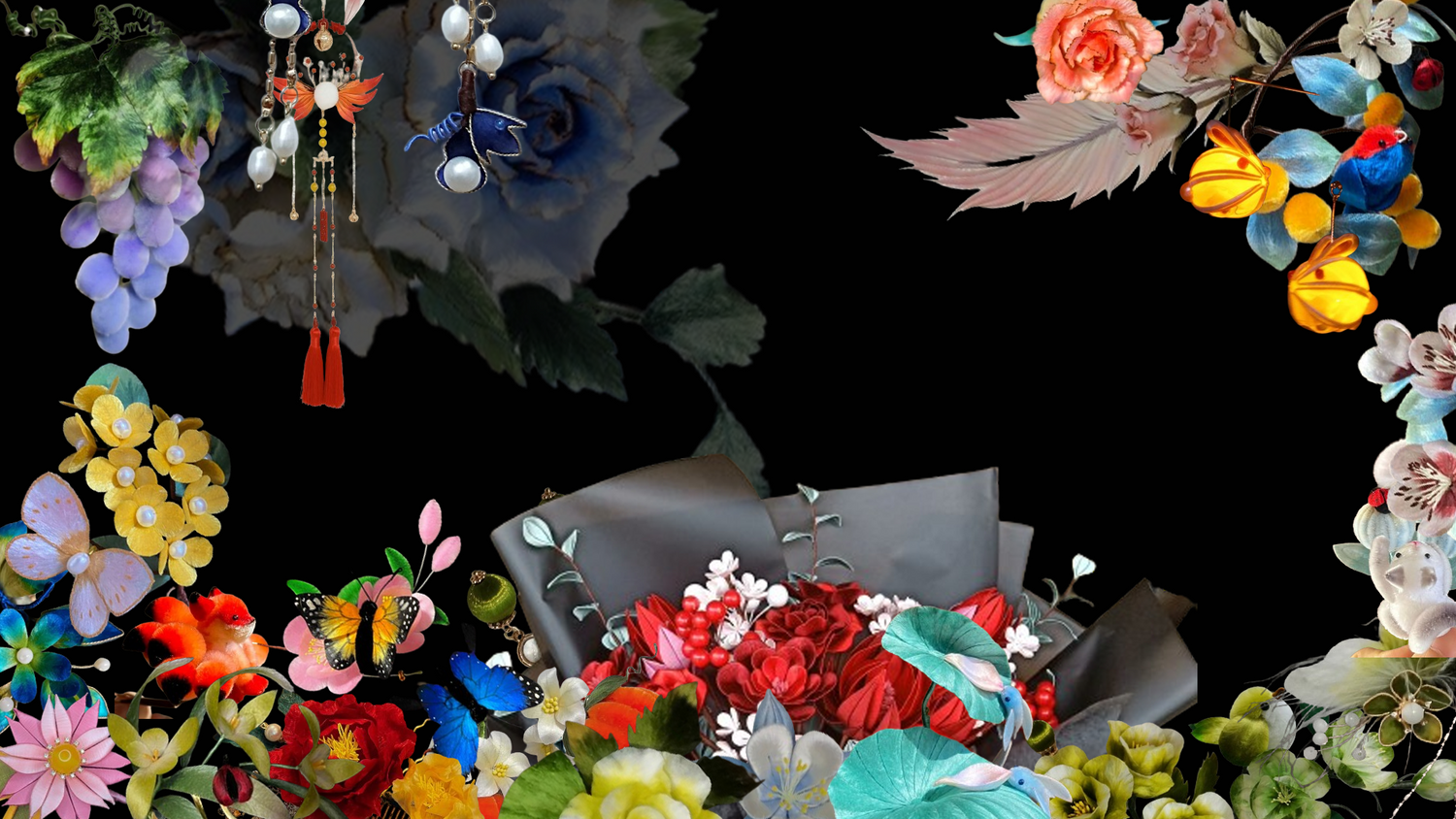
Chanhua Production Process(pure text version)
Share
The Chanhua production process can generally be divided into four steps, which will be introduced one by one in this section. This article mainly describes the entire Chanhua production process in text, with few illustrations, so beginners might find it difficult to understand. There are comprehensive illustrated tutorials for various Chanhua products later, which are easier to follow. As you gradually become familiar with the production process of Chanhua, reading this article will bring new insights
2.2.1 Designing Patterns and Drawing Templates
Before officially starting the production of Chanhua, the creator needs to have an overall idea and design for the work. In simple terms, the creator must first clearly decide what to make before starting. After the idea is complete, the creator needs to break down the overall design and draw patterns for each part.

For example, to make the Chanhua shown in the picture above, the creator needs to draw patterns for the leaves, flowers, stems, and other components separately.
The patterns for Chanhua are usually made on stiff cardboard. The creator draws the design, which is the topological diagram, on the cardboard. For mass production, the creator can first use other materials to draw the topological diagram, cut out the design with a knife to make a hollow template, and then use the template to trace the design onto the cardboard directly. Using a template avoids repeatedly drawing the same topological diagram, saving time.
Besides designing and drawing the patterns themselves, the creator can also find template resources shared by Chanhua enthusiasts online, print them out, and combine them to create more unique Chanhua.
2.2.2 Preparing Materials and Cutting Templates
After drawing the patterns, the creator needs to carefully cut them out according to the design.



As shown in the picture above, the creator can also directly purchase ready-made patterns, most of which are laser-cut and have more precise edges. Some finished patterns come with adhesive backing to fix the wire and silk threads during winding, which is suitable for beginners.
Wire is also an essential material. The connections between the patterns are completed by winding wire. It's best to prepare the wire before winding. If the required length is uncertain, the creator can try connecting the patterns for the same part end-to-end and arranging them sequentially to get an approximate length of wire needed. Based on this length, the creator can add a bit more wire for joining and assembling, estimating the basic wire length required.
Silk threads are one of the three main materials for making Chanhua. The use of silk threads in Chanhua production is particular. The creator can choose and match the colors of the silk threads to meet different styling needs. In the Chanhua shown above, the creator used two different colors of silk threads for the flower center and petals, making the flower's color transitions very vivid. Additionally, different materials of silk threads have different properties and visual effects. For instance, rayon threads have more prominent gloss, silk threads have better conformity, and synthetic fiber threads are harder, thus avoiding fraying. Besides, there are other materials like artificial silk threads and tassel threads. The creator can explore and use the characteristics of different silk threads.
After selecting the silk threads, before officially starting to wind, the creator needs to do a preparatory task, which is splitting the threads. Splitting the threads means dividing each thread into two, and then combining them during winding, making the threads tighter.
To make the Chanhua more delicate and vivid, the creator sometimes needs to prepare other decorative materials.

The Chanhua shown in the picture above uses decorative materials like pearls, making the finished product layered and detailed. Furthermore, if making Chanhua brooches, hairpins, and other Chanhua crafts, the creator needs to prepare accessories like pins and hairpins.
2.2.3 Winding Parts and Assembling
After the preparation, winding can officially begin. The usual process is to place the wire in the middle of the back of the pattern, leave a certain length of wire, and then start winding. During winding, it's essential to organize the threads to avoid knots or unevenness, which would cause gaps in the finished product, affecting its appearance. After winding each pattern, it's crucial to tie knots immediately to prevent the threads from loosening.
During the winding process, the creator must always keep the threads tight. If worried about thread slippage, the creator can apply white glue or double-sided tape on the back of the pattern. Using finished patterns with adhesive backing is also a good option.

Once all parts are wound, the overall assembly can begin. The method is to combine and wind the wires left in the parts, as shown in the picture above. If making Chanhua hairpins or other crafts, the parts need to be wound onto the hairpin with threads.
After assembling the parts, appropriately adjust the overall shape, such as bending petals and leaves, to make the Chanhua more natural and enhance its artistic and aesthetic value.
2.2.4 Storing the Work and Precautions
Proper storage can extend the lifespan of Chanhua and keep it looking beautiful for a long time. The following points should be noted for storing Chanhua.
Ensure clean and tidy storage. Since Chanhua surfaces are made of easily dirty silk threads and the inside is mostly cardboard, which is not easy to wash, it's essential to avoid dirt or dust during storage.
Store in a sealed environment without light. Avoiding light helps maintain the gloss and hardness of silk threads and prevent fading, allowing Chanhua to stay bright and vibrant for as long as possible.
Prevent insects. Insect damage can have irreversible negative effects on Chanhua. Therefore, when storing Chanhua, the creator can place mothballs, naphthalene balls, or cedar wood to prevent insects. If it's difficult to avoid insect damage, vacuum bags can be used to seal the Chanhua for storage.
Prevent water and moisture. If it gets wet or damp, the cardboard inside the Chanhua may soften or crack, damaging the shape of the Chanhua. Water stains can also affect the silk threads, causing fraying or gaps between threads, which would reduce the aesthetic value of Chanhua and even ruin its overall form.








